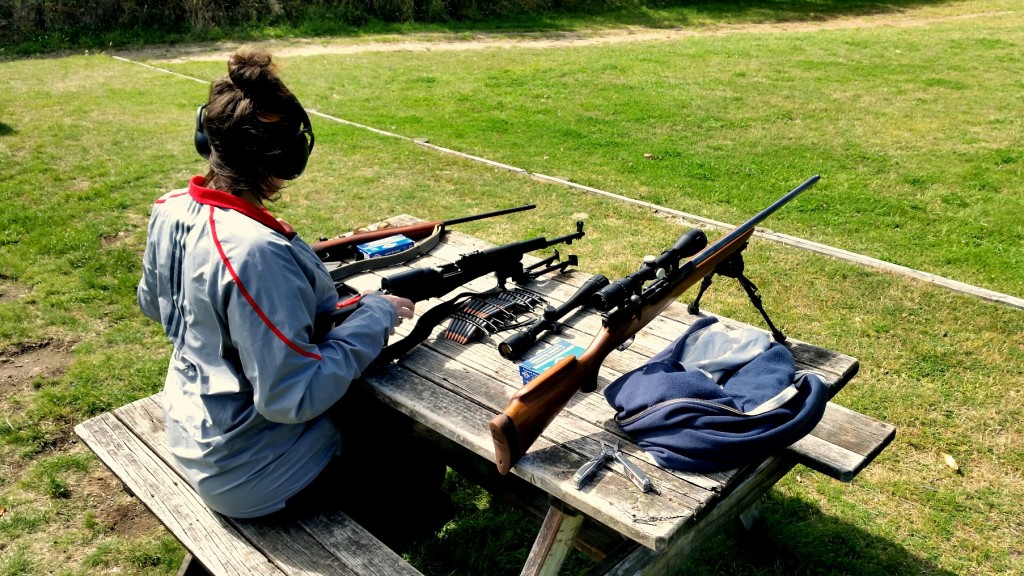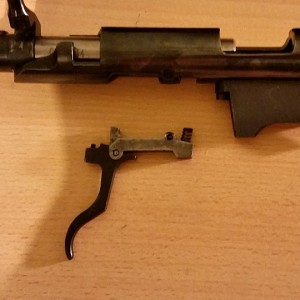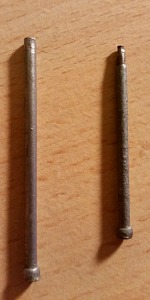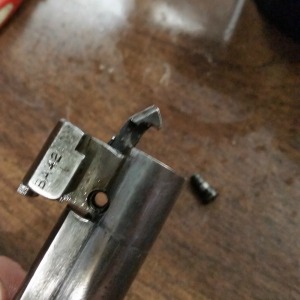One of my goals over the next couple years is to get into 3-gun competition. I say the next couple years because this will necessitate qualifying for and buying a pistol, with all the hefty club fees and added security that goes with that. Not to mention it’s a lengthy process.
On top of that I will, at some stage, need to get an E-Cat licence, as it’s hard to be competitive in these games with a 7-round magazine. This is starting to get expensive. And then there’s the shotgun which, when all is considered, is the least of my concerns.
So, before I’m elbow-deep in debt and fired casings, I’ll probably want to get an A-Cat AR-15 which I can practice with in the meantime. While I’d love a $3000 AR-15 variant chambered in .223 Webley, I’ll settle for a more run-of-the-mill offering for now. Fortunately, getting into black rifles isn’t nearly as expensive as it used to be, even just a few short years ago.
Here are my top picks for affordable AR-15s to help get you into your desired shooting sport. Remember, if you’re going to do service rifle shooting, you may need to modify these to comply with your club’s rules.
NEA-15 Carbine
You can spend a couple hundred more to get these in a fuller-length version, but the point of this blog post is to find the most cheap and cheerful AR variants out there.
The NEA-15 is a Canadian export which is on the cheaper side of things when it comes to North American firearms. As with any AR, they are highly accessorisbale, and have many interchangable parts which will help you customise your new rifle.
You can pick these up for $1799 from NZAR15.com, and they come in a variety of configurations. At the time of writing they have chamberings of 5.56 mm and 300BLK available, colour options of Flat Dark Earth (FDE) or black, and barrel lengths of 12.5 or 14.5 inches.
The barrel twist is 1:7 – perfect for those long, heavy bullets that dominate sport competitions. However, the extremely short barrel will make practising at longer ranges a bit more difficult. Most serious 3Gun competitors use 18 – 20 inch barrels. Bear in mind that some shots can be up to 500 yards in a 3Gun match.
S&W M&P-15 Sport
Smith & Wesson has some great offerings in their M&P (Military and Police) range. The Sport variant is an AR-type rifle that compromises on some features and gives more in other areas. The S&W M&P-15 Sport is a well-balanced offering.
The 16-inch barrel is a pretty good all-rounder, as is the 1 in 9 inch twist rate. The large trigger guard is great for those with larger hands and/or gloves in winter. It comes with adjustable sights already fitted as well, which is a bit of a saving – unless you’re going for magnified optics anyway. On the downside, the foregrip doesn’t have the wealth of rails found on the NEA-15 or most other modern AR-variants. And the forward assist. There isn’t one.
How many times have you seen an AR user engage the forward assist to re-chamber a round? Never? Me neither. And realistically, if you did have a reclacitrant round that wouldn’t chamber in the middle of a match or fast-paced shooting situation, you’d simply rack the bolt and chamber a fresh round. I personally don’t like it, because that means there’s a live round on the deck – but it’s not exactly dangerous. I’ve shot with many ex-military types who advise to simply rack the bolt in a high-pressure or high-speed scenario, regardless of whether you have a forward assist or not. Get the offender out of there and chamber a fresh round is the most common response.
Some ups, some downs, but the most attractive thing about this AR is it’s price point. You can pick one up from gunsnz.com for a mere $1595.
Chinese AR-15 copies
There are an abundance of AR clones out there, and just about everyone is making them. There are a couple Chinese-made versions floating around, including the Ranger offerings. realistically, these are probably made using the same tooling as many other more “up-market” brands. Most manufacturers purchase their parts from each other anyway, and simply assemble to varying specifications. Why pay an extra grand for a fancy rollmark?
I haven’t fired a Chinese AR yet, but have handled one and found the finish to be as good as any other budget-minded AR-15 clone. The Chinese weapons that I have owned have all had varying levels of fit and finish, but were pretty damn accurate with a little coaxing. My cheapest rifle regularly outscores guns that are 4 or 5 times the price, even 10 times the price I paid for mine. But then again, I did spend the better part of 6 months getting it that way.
A great bonus with the Chinese guns is that they are most likely pretty close to milspec – ideal for service rifle competitors. Other than that, I would personally opt for one of the other rifles mentioned here, especially seeing that they are a little cheaper in general than what is being asked for Norinco or Ranger weapons at the moment.
The most important thing is fit, finish and feel when you personally inspect and handle the rifle. It also helps if it’s milspec or pretty close, so that you can change uppers and lowers later down the line.

















